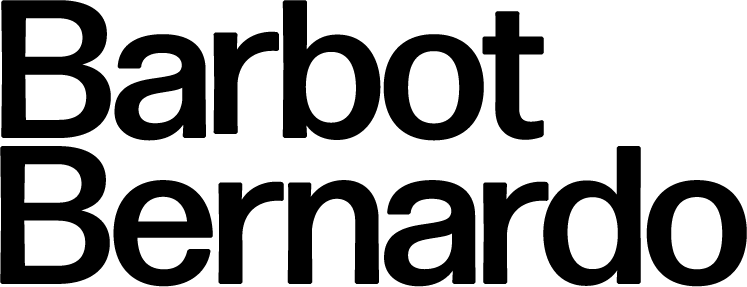Books informing our practice - Part 1
Today, we share the first of a series of posts about our extensive (and ever-growing) book library. We will recommend those we consider to be essential books that inform our practice as strategists, educators, and designers. The list includes a mix of more technical suggestions and easy-to-read editions.
We hope you enjoy the readings (and buy the books).
We purchased all three books in this first post from our friends at Matéria Prima, a local favourite.
ERIC SCHRIJVER - Copy This Book - An Artist's Guide To Copyright (Onomatopee)
We were very fortunate to meet Eric last year at a Break in Case of Emergency session where he was a lecturer.
This book is very important for our work as publishers and, more specifically, as technical content creators working with open education resources.
"This book is an artist's guide to copyright, written for makers. Both practical and critical, this book will guide you through the concepts underlying copyright and how they apply in your practice. How do you get copyright? For what work? And for how long? How does copyright move across mediums, and how can you go about integrating the work of others? Because they get copyright too!
Copy this Book will detail the concepts of authorship and original creation that underlie our legal system. This way, it will equip you with the conceptual keys to participate in the debate on intellectual property today."
PHILIPP OSWALT - Hannes Meyer's New Bauhaus Pedagogy (Spector Books)
As a research-driven multidisciplinary education project working in the fields of craft, design and the cultural and creative industries in general, and with a vital concern regarding the issues of environmental, social, and economic sustainability, this book made us think about the impact and importance of education by establishing parallelisms between two completely different social and cultural contexts.
"Architect Hannes Meyer made substantial changes to the Bauhaus educational programme, reshaping it in response to the crisis created by Walter Gropius's concept of a new unity of art and technology. From 1928 to 1930, as director at the Dessau Bauhaus, he brought fresh disciplines backed by new appointments and guest instructors. He geared the design process to concrete social problems and incorporated the latest scientific methods.
He successfully innovated the realization of building projects and industrial products with his students. Building on new research, the book reveals the intellectual background of his teaching concept and the specific classroom practice in individual subject areas while giving teachers and students space to have their say. "
MATT OWENS - A Visible Distance Craft, Creativity, and the Business of Design (Set Margins)
We are still carrying this one in our tote bag, and it is already a favourite. Fellow Gen-X and designer Matt Owens, one of the talents in our field, talks about running a design studio and creative practice, working with big and small clients and big and small teams, the creative process and the technology that has been influencing design in the past few decades. It's a must-read.
"This design guidebook speaks to students, educators, and seasoned professionals, as it provides tactical strategies & creative support to tackle the complexities of balancing intuition and taste, technical and personal capability, strategic business decisions in design work and the demands of modern brand building. Part personal memoir and part professional manual by Matt Owens, A Visible Distance, Craft, Creativity, and the Business of Design is a reality check to challenges when building graphic design or branding practice. These lessons and learnings span the recent decades: from his roots in DIY, punk, and skateboarding in the later 80s, to the advent of the commercialization of the internet in the late 1990s, building and growing a creative agency, to the present disruption of artificial intelligence, automation, and distributed hybrid teams. A Visible Distance is a testimony to learning new things and embracing fundamental changes in popular culture, tools, technologies, and processes to make your own way in design."




